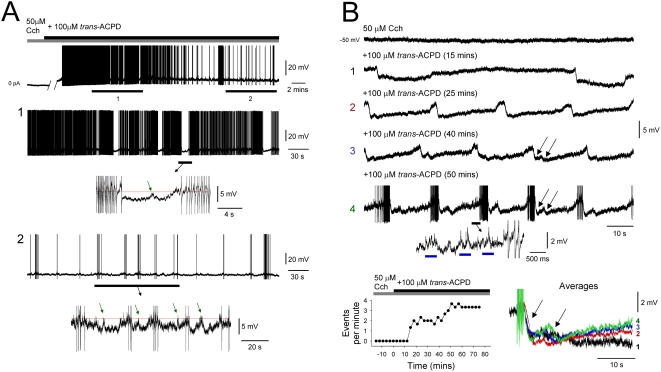Figure 4. Progressive development of the ISO from a state of quiescence in individual TC neurons is characterised by the appearance of long-lasting rhythmic hyperpolarizing potentials.
A. Intracellular recording of a TC neuron in the presence of 50 µM Cch which does not exhibit spontaneous firing (top trace, left). Following the additional application of 100 µM trans-ACPD, the cell first exhibits continuous firing before eventually exhibiting an ISO at ∼0.025 Hz (top trace, right). The sections labelled 1 and 2 are expanded below and show how the ISO develops as a progressive increase in the frequency of transient hyperpolarizing voltage excursions, and corresponding pauses in firing. In both 1 and 2, the underlined sections are expanded below and show the consistent presence of brief depolarizing events during the transient hyperpolarizing excursions (green arrows). B. Intracellular recording of a TC neuron in the presence of 50 µM Cch which does not exhibit spontaneous firing (top trace). Following the additional application of 100 µM trans-ACPD the cell exhibits stereotypical long-lasting hyperpolarizing potentials which gradually increase in frequency (1–3) until an ISO with a stable frequency of ∼0.05 Hz is established (4, action potentials truncated). The underlined section in 4 is enlarged below and shows groups of spikelets (blue bars). The plot in the bottom left corner shows the time-course of the increase in the frequency of these hyperpolarizing potentials with trans-ACPD application. The bottom right panel shows averages of the hyperpolarizing potentials at different stages of trans-ACPD application, as indicated. Note the complex biphasic nature of these events (see arrows indicating initiation of each phase).

